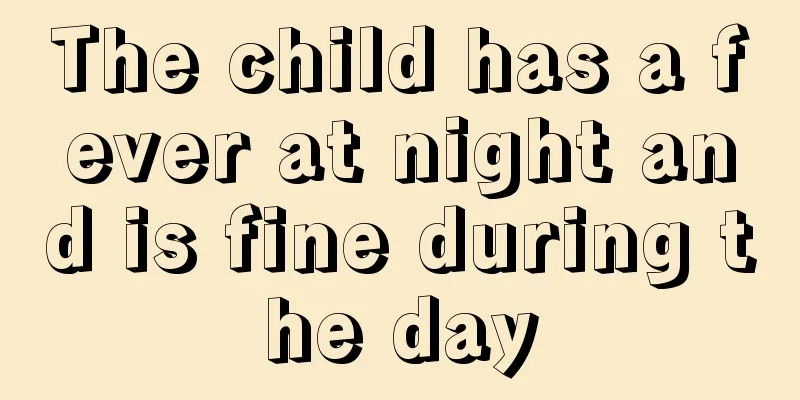Why does the baby's leg bones make noises when he exerts force?

|
The health of the baby will make parents very worried, because the baby's body is very fragile, it is easy to have more serious consequences due to various diseases. Among them, some babies will experience bone cracking, especially when they exert force, the sound is more obvious. Let's take a look at what's going on when the baby's leg bones crack when exerting force? I hope everyone can understand. The baby is in a period of rapid growth and development, but the development of various bones and joints is not yet complete, the bones are soft, the joint sockets are shallow, and the ligaments are loose. Therefore, when the baby is stretching, there will be cracking sounds in the bones and joints. This is a normal phenomenon and is not caused by calcium deficiency.The baby's joint noises are mainly caused by the immature development of bones and joints. Therefore, as the baby grows slowly, the bone and joint noises will disappear. When the baby learns to crawl or slowly learns to walk, this situation will be alleviated or disappear.
If the baby's joints make noises, parents should pay attention and not pull the baby with too much force to prevent the baby's joints from dislocating. In addition, if the baby is unwilling to move, cries abnormally, or makes noises when the lower limbs move when the mother wants to hold the baby, attention should be paid to abnormal bone and joint development. It is normal for a baby's bones and joints to make noises, but if the baby has other abnormalities in addition to joint noises, you need to pay special attention and it is best to take the baby to an orthopedic department for a check-up. When your baby lies flat with his legs straight, you can visually check whether his legs are the same length. If not, be alert to hip dislocation.If the baby is still young and does not have hip dislocation, the joint clicking can be considered a normal physiological phenomenon. It is caused by the incomplete physical development of the infant and will get better when the baby grows up. If you are really worried, you can go to a regular hospital for a check-up. If the child is too young, it is best not to take X-rays first. The baby's bones are still in the growth stage, so the joints are relatively flexible. For Xiaobao, bone cracking is not a sign of calcium deficiency. Just be careful not to let the baby engage in too strenuous activities. |
<<: Why does my baby sweat a lot when sleeping?
>>: What are the symptoms of HPV infection in children
Recommend
Why does my four-month-old baby suck his lower lip?
After the baby becomes conscious, he will make so...
What soup can children stew to enhance their physical fitness?
Children's bodies need more nutrients and tra...
What should I do if my 9-year-old child doesn’t like to eat?
Everyone tries their best to take care of, cheris...
The difference between choking and spitting up milk, prevention is the most important
Choking and spitting up are very common in infanc...
Causes and prevention of nosebleeds in children
Nosebleeds are common in children, often when the...
Daytime sleep time for two and a half year old baby
Mothers are relieved to see their babies grow day...
What are the symptoms of rheumatoid arthritis in children?
Many people don’t know that children can also get...
How to tell if your baby is hot or cold?
Most parents do not know how to dress their newbo...
Newborn baby always strains after feeding?
In life, many mothers may have experienced this s...
How to prevent a two-year-old baby from crying at night
Many parents always ignore their baby's cryin...
How can students improve their memory?
Every parent hopes that their child is smart, whi...
Causes of yellow hair in children
Generally speaking, in daily life, many children&...
Massage for abdominal pain in children
Children have weak resistance and are therefore e...
Can a newborn be rocked?
In our lives, many mothers will rock their babies...
Baby throat ulcer fever
If the baby has throat ulcers and fever, then the...









